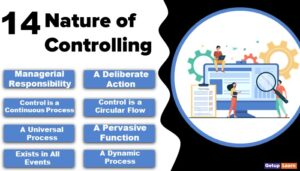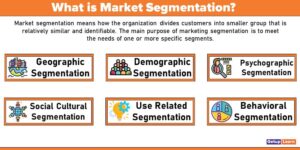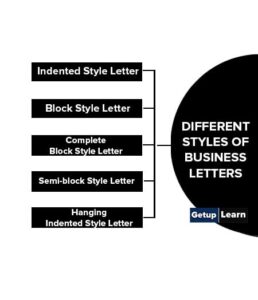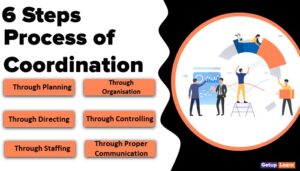Table of Contents
What is Creative Thinking?
Creative thinking has various definitions. However, it is the art of generating solutions to problems by the force of imagination and reasoning. It is an activity of the mind seeking to find answers to some of life’s questions. In a dynamic and changing world, the challenges of man are also not static. They take on new forms and require a deep creative thinking approach.
It is necessary to know that we live in a thinker’s world. It is, therefore, not surprising to see that men/women who are ahead are those who see ahead with the eyes of their minds. Men and women who have engaged their minds in resourceful thinking to generate ideas and products, which stand the test of time.
Every idea is a product of thinking and every product is the manifestation of an idea naked in a thinker’s mind. These people see problems as opportunities to improve and do something new or something better, people who keep these two vital questions on their minds.
“What can I do to make things better, or what can I do to make better things? This is the product of thinking. In making things better, the goals are usually to improve productivity and efficiency, achieve speed, enhance comfort and convenience, influence returns positively and so much more.
While in making better things, thinking can produce various alternatives leading to the evolution of a completely new idea, new production processes, or a total departure from the conventional. Whatever the goal, thinking is an indispensable tool in the life of all successful entrepreneurs.
Types of Creative Thinking
Basically, there are two types of thinking or problem-solving activities. These are convergent and divergent thinking:
Convergent Thinking
It consists of those abilities, that helped a person get to the right solution to the problem that had one right solution. For example, good memory, logical ability, etc. It also consists of mechanisms of thought that help the person get a good definition of the problem when the problem is complex or vague, to analyze the problem in depth, to select a solution (or the method of getting a solution) out of many that may be available to put together a solution (i.e., to synthesize a solution) and to refine a solution and make of an efficient one.
It is rational thinking. In this thinking, the information provides one right answer or recognized best or conventional answer. It is also required to grasp an unclear problem. Categorization, logical thinking, analysis, comparing, and evaluation are critical factors in this phase of problem-solving.
In the problem-solving process, “Problems are such that there is only one right answer or at best a few right answers and these answers can easily be discriminated from the many wrong ones. Also, given the problem, anyone knowing the basic logical, mathematical, or memory operations can reach the right answer”.
Divergent Thinking
It is an imaginative phase of creative thinking. According to Guilford, “The unique feature of divergent production is that a variety of responses is produced. The product is not completely determined by the given information. Divergent thinking comes into play whenever there is trial and error thinking.
“Further, in divergent thinking operations, we think in different directions, sometimes, searching, sometimes, seeking variety”. Actually, divergent thinking is the main characteristic of creative thinking.
“Divergent thinking is undertaking a search for solutions that may involve substantial departures from the beaten track. It involves using approaches or perspectives that may be uncommon or unusual, often resulting in a variety of solutions. Some of which may be quite novel.”
Vertical Vs. Lateral Thinking
Lateral thinking, a non-conventional approach, helps solve customer problems creatively, generating new ideas, products, and processes. It’s open to trying different paths and outcomes, being proactive and generative.
Vertical thinking, on the other hand, is sequential and analytical, ensuring correctness at each step. Both thinking styles are valuable; lateral thinking is creative, while vertical thinking is focused. Lateral thinking explores unconventional solutions and is willing to be wrong to find innovative answers, complementing vertical thinking’s step-by-step logic.
Characteristics of Creative People
The following characteristics of creative people are explained below:
Unconventional: Society’s Standards, Rituals and Norms
Unconventional people enjoy their own way of doing things and mostly swim against the current. They have a gift and ingenuity that comes from their genes and upbringing to have original ideas that can transform the world.
For example, the 16th-century Italian astronomer Galileo proved for the first time that the earth revolves around the sun as against the prevalent belief that the sun revolves around the earth James Watt patented the modern-day steam engine in 1769; Wilhelm Roentgen, a German physicist, discovered X-rays in 1895; J.J Thomson, a British physicist, discovered the electron in 1897; and in 1905, Albert Einstein proposed that light can be described as a stream of separate particles of energy.
Independent and Individualistic
Creative people are crazy and require a high degree of independence. They resist dependence or over-dependence. However, they can thrive on beneficial mutual interdependence amongst people who are passionate about creativity.
Their basic urge is to get to the bottom of things results in their having a strong streak of independence. They are usually found to be ahead of their time. Their work is appreciated when it fructifies into a real workable contribution to solving societal problems, and usually, they are criticized in the initial phase of coming up with an idea.
Sensitive
Creative individuals are highly sensitive, which aids their creativity by making them more aware of problems, both known and unknown. This sensitivity helps them notice subtle details, intensifying their perception of the world.
However, being highly sensitive can also make them vulnerable to emotional overwhelm and anxiety. About 20% of the population possesses this innate quality, as noted by psychologist Elaine Aron, author of “The Highly Sensitive Person: How to Thrive When the World Overwhelms You.”
Not Motivated by Money
Creative individuals aren’t motivated by money. Offering money as an incentive doesn’t lead to creative outcomes. They have an innate sense of their basic financial needs, and once those are met, money isn’t a driving force.
Creativity thrives in environments where people share a higher purpose and understanding, not in competitive money-focused settings. In a global McKinsey survey, non-cash motivators like praise from managers, one-on-one conversations with leadership, and opportunities to lead projects were found to be as or even more effective than financial incentives.
For example, artists, musicians, and scientists are driven by a fundamental need to create something new, which gives them great satisfaction. Therefore, even in a world without money, there would be constant developments in the fields of music, art, and science.








